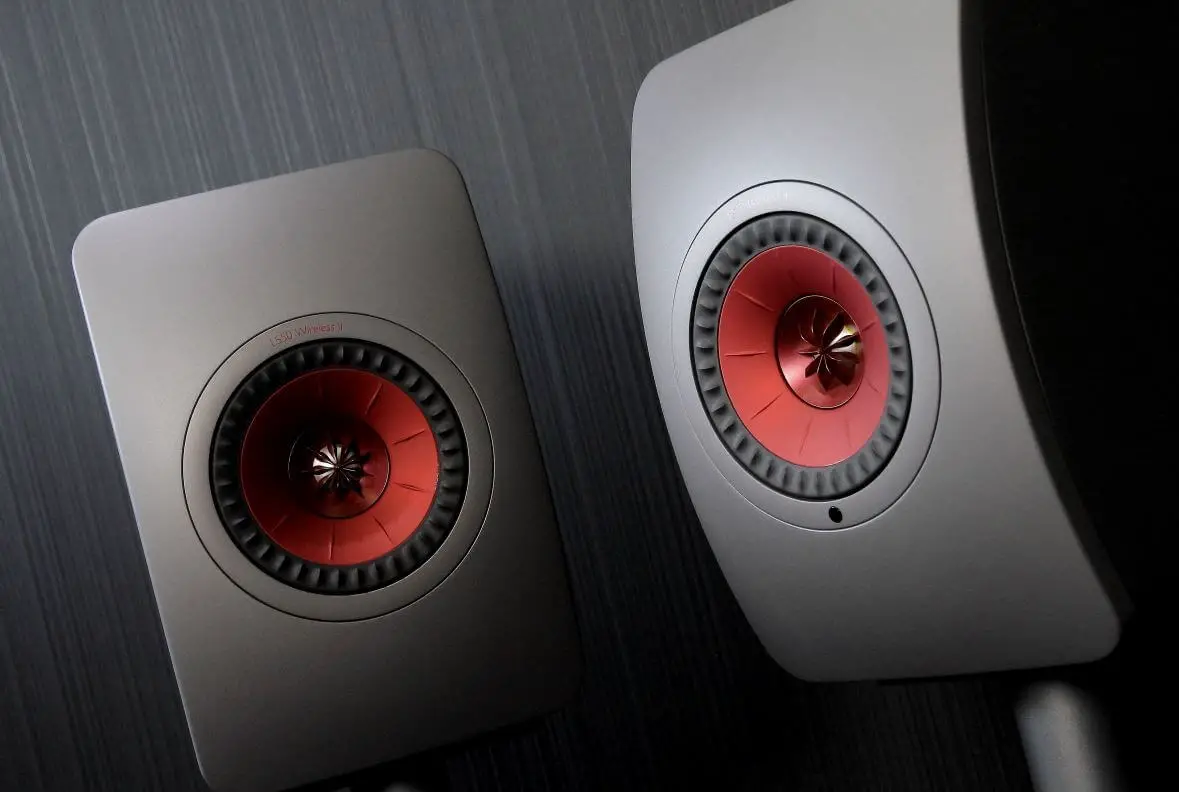KEF LS50 Wireless II Review
KEF’s highlight in 2020 is LS50 Wireless II. This time the KEF LS50 series is divided into two versions. In addition to Wireless II, there is also a model called Meta, which is a passive speaker version. The two versions can be said to be an upgrade of the first-generation version of KEF LS50. KEF says that “after three years of intensive research, the latest LS50 Collection speakers have raised the benchmark even further by delivering an unprecedented purity of sound coupled with intuitive usability.”
When KEF released its original LS50 back in 2012, it quickly regarded some of the best-sounding passive desktop monitors you could buy. KEF LS50 bookshelf speakers can be described as the eternal classic of its brand. The passive speakers evolved into active The active model and later evolved into the familiar LS50 Wireless speaker series. Their secret was KEF’s proprietary Uni-Q driver technology, which housed a 1-inch tweeter inside a 5.25-inch woofer resulting in excellent and accurate sound.
KEF LS50 Wireless ll is after three years of research and development, LS50 Wireless II is more than a high-performance loudspeaker. It’s the perfect all-in-one speaker system. It reveals every detail of your favorite music, which you stream from any source thanks to wireless compatibility with AirPlay 2, Chromecast, and more.
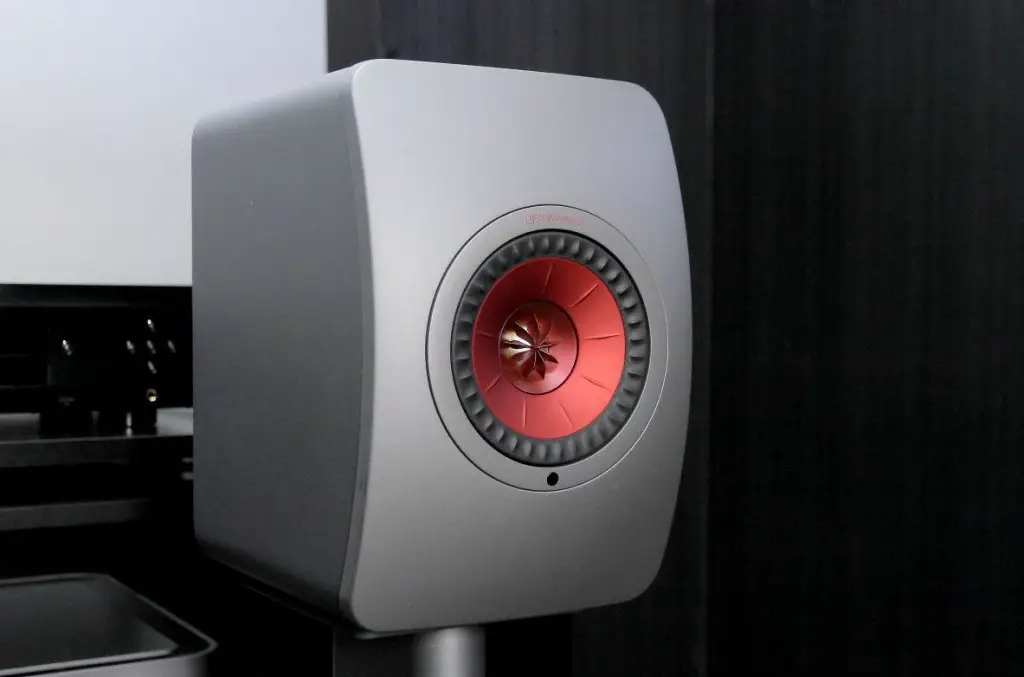
KEF LS50 Wireless II Appearance
Open the box, and there are accessories. First of all, the new version of the remote control looks simpler than the previous generation. Then there is a LAN cable to connect the left and right speakers. You can also buy an upgrade cable to improve performance.
LS50 Wireless II is available in several colors, including carbon black, titanium gray, and mineral white, as well as a Crimson Red Special Edition. Each of these four colors has an exclusive matching stand, which makes the entire speaker more stable.

There is a display on the main speaker, which is used to select the source and adjust the volume, and it is also a touch control. There is a bass-reflex port on the back, which matches the color of the unit. A large arc of a heat sink is also at the end of the speaker.
Rich input interfaces
There have also been considerable changes in the signal source. The first generation has the USB Type-B terminal, while the LS50 wireless II generation has the eARC connector of HDMI. In addition to HDMI eARC, there is optical fiber, coaxial, and 3.5mm AUX-In.
There are a reset button and a Bluetooth pairing button on the back of the speaker. The following is a LAN interface, which can be connected via a wired connection. The left and right speakers can also be connected wirelessly. Both left and right speakers have an RCA terminal, which can be connected to a subwoofer to enhance the bass effect. The left and right speakers each have a USB port, which is only used as a maintenance terminal.

There are four rubber pads on the speaker’s bottom, and some screw positions are also seen below. KEF launched an S2 stand. The screw position of this stand can just fit the bottom of the speaker. And there are four different colors to match the speakers, which shows the intimate design of KEF.
MAT Sound Absorption Technology
What is unique about the KEF LS50 Wireless II technology? The most particularly is the addition of MAT, a sound-absorbing device for metamaterial acoustics. It is a new acoustic technology jointly developed by KEF and Acoustic Metamaterials Group. The MAT used by KEF this time looks like a maze, and each complex pipe inside is used to absorb a specific frequency. After the entire MAT maze is combined, an “acoustic black hole” is formed. The sound quality is further enhanced in the limited space of LS50 Wireless II.
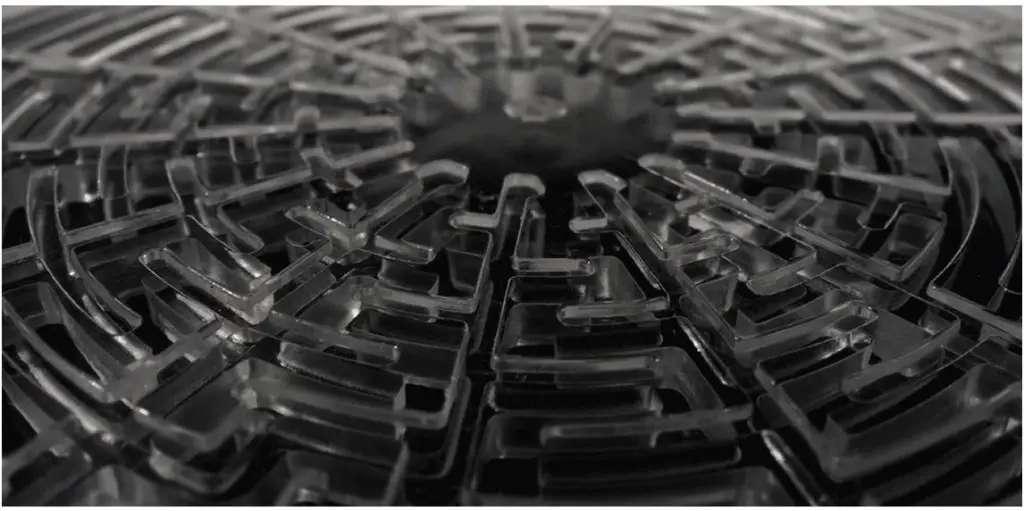
The MAT device is mounted on the back of the Uni-Q driver to absorb the unwanted energy flows out through the driver’s end. Thirty small openings in different sizes will absorb the treble’s energy inside the cabinet, thus removing 99 percent of the distortion that can occur. The MAT does not affect the unit diaphragm’s operation, and the entire sound is more pure and natural.
The 12th Generation Uni-Q Driver
LS50 Wireless II also uses a newly developed, 12th generation Uni-Q unit to match the MAT device. The air holes and damping plate of the 1-inch tweeter have been redesigned to reduce the nonlinear distortion of the entire unit. The petal-shaped waveguide at the front of the unit has an additional reinforcement bracket at the back. The 5.25-inch woofer’s cone and the entire magnetic circuit have also been improved to make the overall sound more transparent.
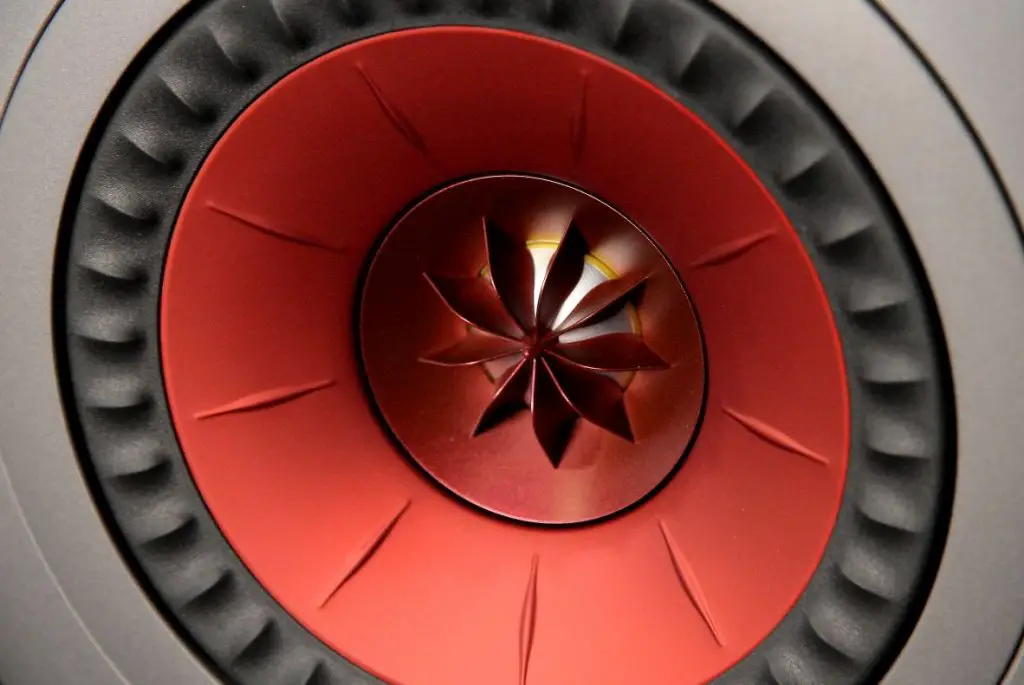
Like the previous LS50 Wireless, the 1-inch tweeter of the Uni-Q unit and the 5.25-inch mid-bass are also coaxially placed, and there are 100-watt Class A/B and 280-watt Class D amplifiers, independent drive these two sets of units.
High-Performance Amplifier
The amplifier used in medium and low frequency is Class D, with 280 watts of power. The treble unit also independently uses Class A/B amplifier with 100-watt output. That’s 150W up on the previous iteration’s 30W Class A/B circuit for the tweeter and 200W Class D going to the mid/bass unit, which should allow for much more dynamism. The sound can achieve transient ability faster and warmer feeling.
Newly Upgraded APP
Compared with the first generation, the improvement this time is very obvious. KEF Connect App handles all settings in an integrated manner. From function settings to playing songs and volume adjustment, you can use the App to operate. So overall, I think this change is worthy of praise. KEF Connect enables you to tweak the sound settings of your tastes. The App is also your gateway to streaming from Tidal, Amazon Music, Qobuz, Deezer, Internet Radio stations, and podcasts. You can also stream directly from the native App with Spotify Connect.
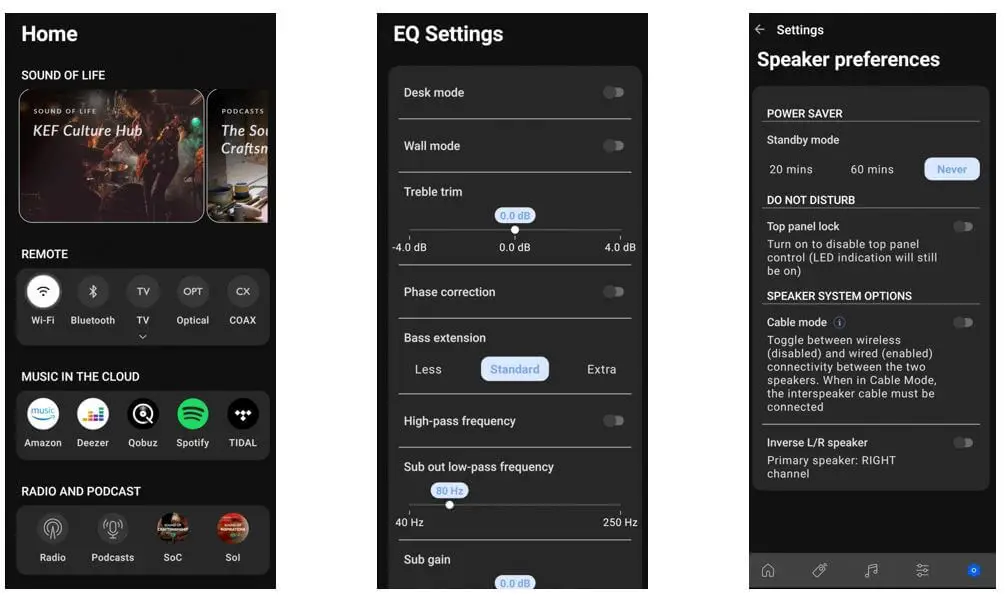
It can support streaming music formats up to 24bit/384kHz and MQA, DSD256, and Roon Ready. A wired connection can support up to 24bit/192kHz. If it is connected wirelessly, it supports up to 24bit/96kHz.
The second-generation setting is a bit like a Chromecast device or an AirPlay speaker, easy to master. According to each step, you can connect to the Internet without any difficulty. I think the whole experience is a significant improvement over the first generation. When playing the songs in my music server, I did not encounter the situation that the songs cannot be played.
Sound Performance
The first impression of KEF LS50 Wireless II is that the sound is very transparent and clear, and the connection between movement and silence is very smooth and natural. The biggest factor behind it is that MAT technology can greatly offset the mutual interference of various frequency bands in the speaker so that the sound can remain pure and natural.
Besides, the speaker has been equipped with a DSP module and has integrated Music Integrity Engine technology. The sound has been further improved with the cooperation of hardware and software. It is worth noting that LS50 wireless II continues to retain the bass-reflect hole behind the speaker unit to enhance the convection of the sound inside and outside the box, while also making the speaker sound richer.
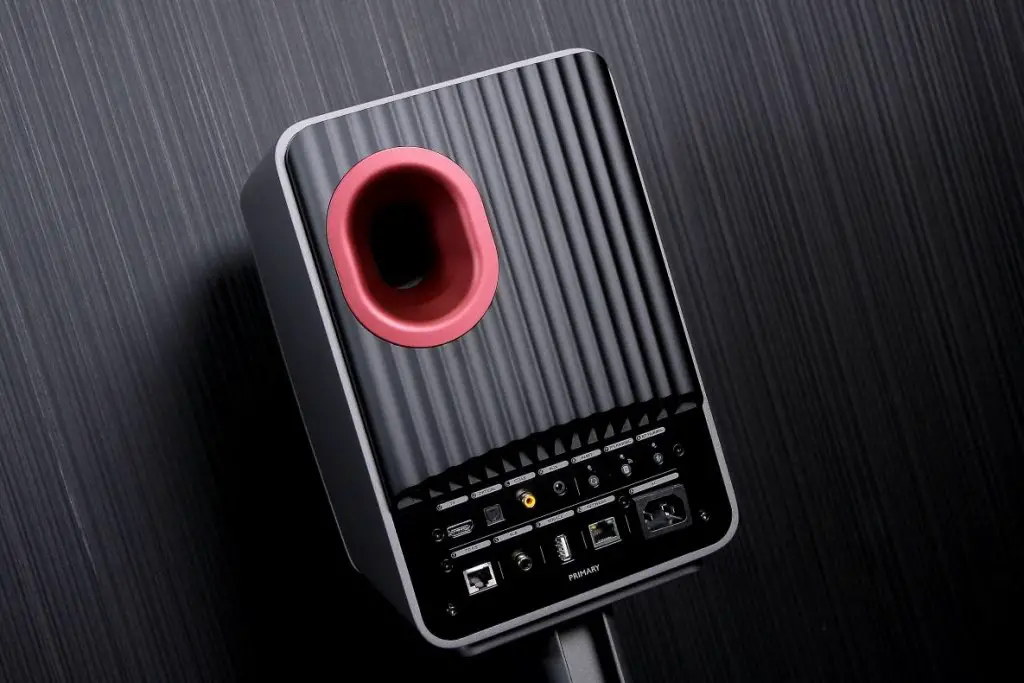
If you listen to some songs that emphasize positioning and sound effects, this speaker’s performance is very competent. There is a very neat feeling, which I think is worthy of praise. The mid-woofer is not very big, but its low-frequency performance is very outstanding. Even when testing in our small audition room, I have to lower the low-frequency decibels in the EQ setting to make them sound more balanced. Although the sound-absorbing device of MAT is aimed at the tweeter and is placed at the back to absorb sound, I think this sound-absorbing device also positively affects the middle and low frequencies. It also further improved bass performance.
In terms of treble, I think this time, it is so beautiful and not harsh. Thanks to MAT’s sound-absorbing device, especially the high frequency, it is very clean and neat. This kind of performance is really difficult to achieve if it is not for the unit’s sound absorption.
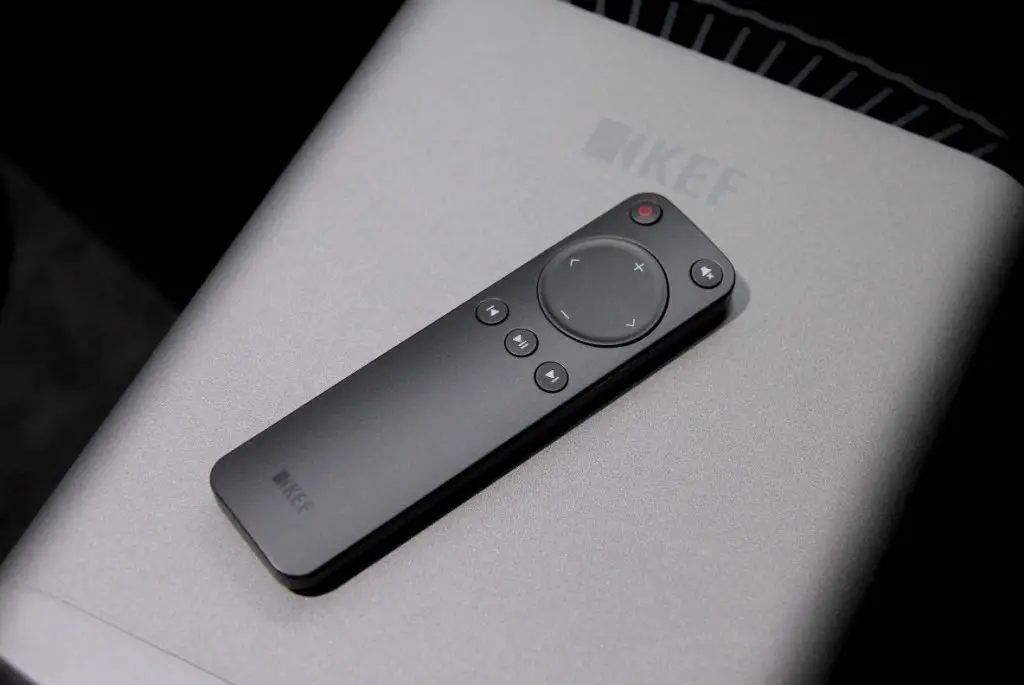
As for the vocal performance, compared with the speakers of the same level or the previous generation KEF LS50 Wireless, I think it has great improvements or advantages. In terms of vocals, it is a kind of vocal performance that is pleasing and engaging. The human voice is also quite clear and clean, not muddy. So its intermediate frequency, I also find it satisfactory.
Conclusion
LS50 Wireless II continues the LS50’s fine and delicate sound quality, inheriting the Uni-Q coaxial unit and the new MAT technology to make good stability have a greater leap. The sound can also be relaxed when dealing with large dynamic transient sound sources.
The dynamic driving force and the balance of details exceed the actual physical size of the cabinet. In addition to the sound quality, its simple and stylish appearance is also very easy to match with the home living space. Coupled with a very simple mobile phone operation and very comprehensive support for streaming media, this speaker has become the most indispensable member of the LS50 family.
The last mention is that KEF LS50 Wireless II has two subwoofers RCA signal outputs (one for each of the left and right speakers), which can be used with the KEF KUBE series or KF92 subwoofers. Simple and easy to build an ultra-simple 2.1-channel home theater for everyone to enjoy listening to songs and watching movies.
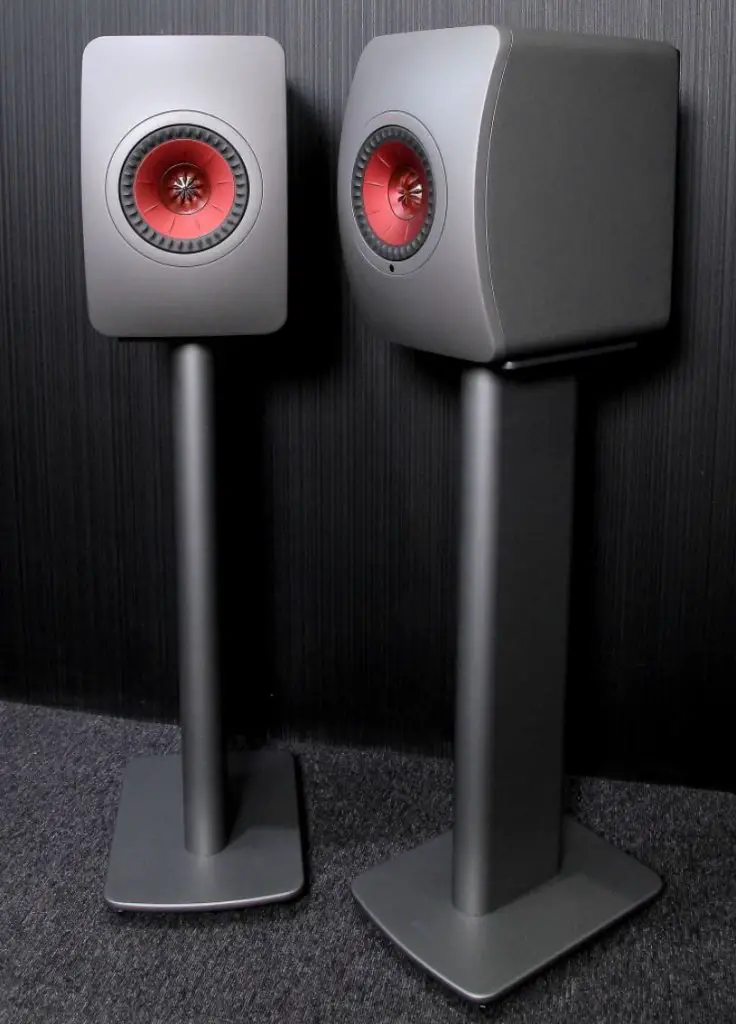
KEF LS50 Wireless II Specs
Drivers
- Drivers: Uni-Q Driver Array
- LF: 5.25″ aluminium cone
- HF: 1″ vented aluminium dome
- HF: Metamaterial Absorption tech
Performance
- Freq range (-6dB): (@85dB/1m) 40Hz–47 kHz
- Freq resp (±3dB): (@85dB/1m) 45Hz–28 kHz
- MAX SPL (@1m): 108dB
Amplifier
- Output: (LF/HF) 280W/100W p/speaker
- Class: (LF/HF) Class D/Class AB
Wireless Streaming
- AirPlay 2
- Google Chromecast
- ROON Ready
- UPnP Compatible
- Bluetooth 4.2
Source Resolution
- Network: up to 384kHz/24bit
- Optical: up to 96kHz/24bit
- Coaxial: up to 192kHz/24bit
- HDMI: up to 192kHz/24bit
Interspeaker
- Wireless: 96kHz/24bit PCM
- Wired: 192kHz/24bit PCM
Supported
- MP3, M4A, AAC, FLAC, WAV, AIFF, ALAC
WMA, LPCM and Ogg Vorbis - MQA, DSF, DFF: DSD64, DSD128, DSD256
General
- Dimensions (HWD): 305 x 200 x 311mm
- Weight: 20.1kg (44.31lbs)
Power
- Output: 100 – 240VAC 50/60Hz
- Operating consumption: 200W
- Standby consumption: <2.0W
Primary Speaker Connectivity
- HDMI eARC, TOSKINK
- Digital: Optical, Coaxial
- Analog 3.5mm Auxiliary
- USB Type A (service)
- RJ45 Ethernet: network/speaker
- RCA Subwoofer output
- WiFi: IEEE 802.11a/b/g/n/ac IPv4/6
- Network: Dual-band 2.4/5 GHz
Secondary Speaker Connectivity
- USB Type A
- RJ45 Ethernet: interspeaker
- RCA Subwoofer output
